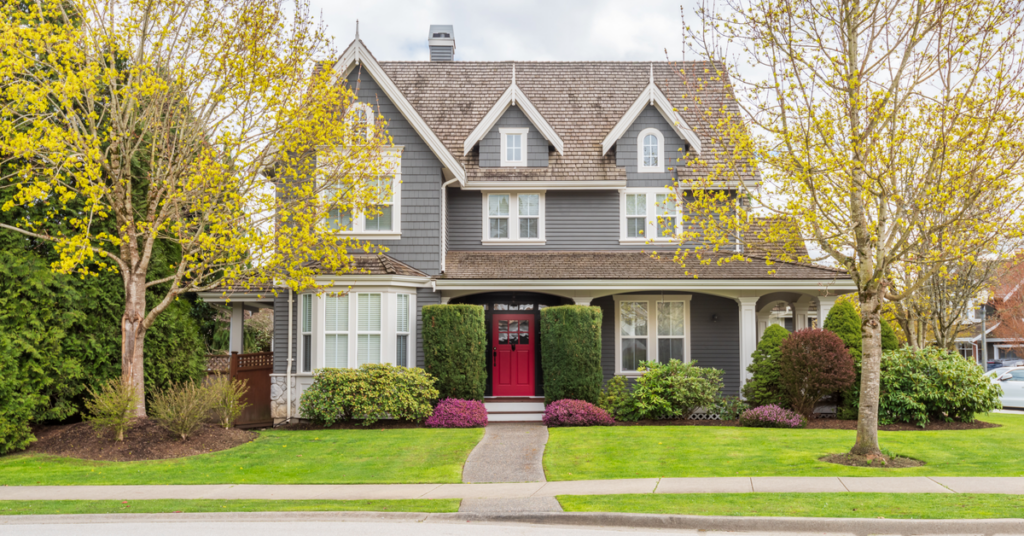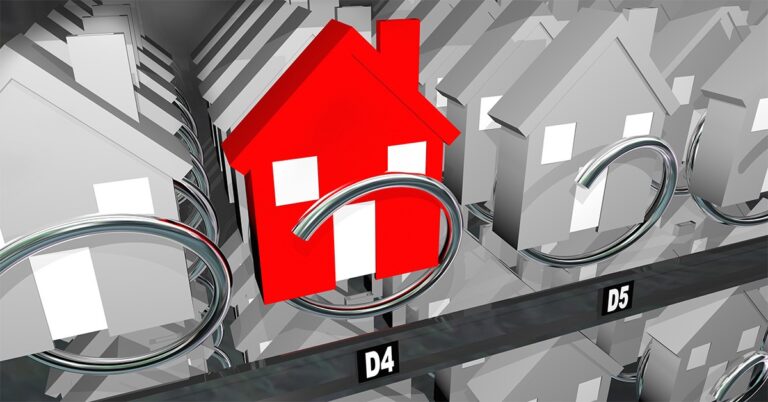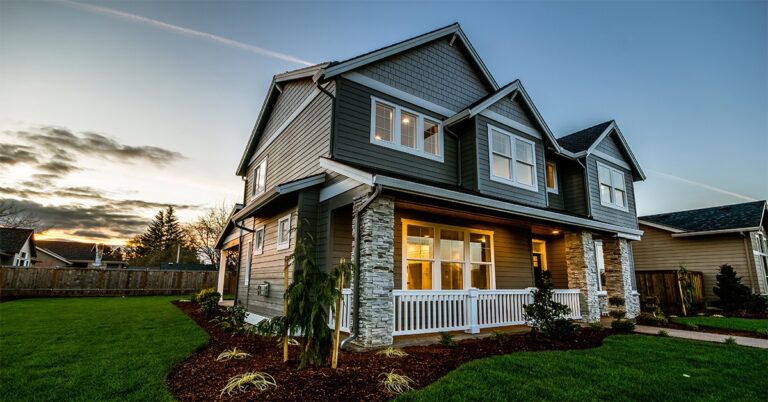Did homeowners gain or lose equity in the second quarter of 2023? Well, it’s all in how you look at it.
A new report from CoreLogic revealed that U.S. homeowners with mortgages saw their equity fall by 1.7% year over year in Q2 2023, a collective loss of $287.6 billion and an average loss of $8,300 per borrower. On a quarterly basis, however, homeowners with mortgages realized a 5.2% gain on their equity, a collective bump of $806 billion for an average of $13,900 per borrower.
The average American homeowner now has roughly $290,000 in home equity.
“While U.S. home equity is now lower than its peak in the second quarter of 2022, owners are in a better position than they were six months ago, when prices bottomed out,” said Selma Hepp, chief economist for CoreLogic. “The 5% overall increase in home prices since February means that the average U.S. homeowner has gained almost $14,000 compared with the previous quarter, a significant improvement for borrowers who bought when prices peaked in the spring of 2022.”
Mortgage-holding homeowners in the West saw the largest year-over-year declines in equity by region from April through June, driving much of the annualized plunge nationwide. In Washington state, homeowners with mortgages had the largest equity loss by dollar amount at an average of $54,000 per borrower, followed by those in California at $48,000. Homeowners in Nevada and Utah had the third-largest decreases at $41,000 each.
Notably, despite the big equity losses, homeowners in many western states still have the most accumulated equity overall, due to the rapid pace of home price appreciation (especially in pricey coastal areas) over the past 10 years.
Only 2% of homeowners carrying mortgages were underwater on their loans as of the second quarter. That’s about the same share as was recorded over the past two years and a far cry from the peak of 26% logged in 2009 in the wake of the Great Recession.
Also notable is the geographical disconnect between price declines and negative equity concentrations, Hepp said.
“While more borrowers are underwater compared with one year ago, they are not necessarily concentrated in markets that have seen the largest price declines, as negative equity also depends on the downpayment,” she said. “Natural disasters and related risks also play a substantial role in home equity changes.”







